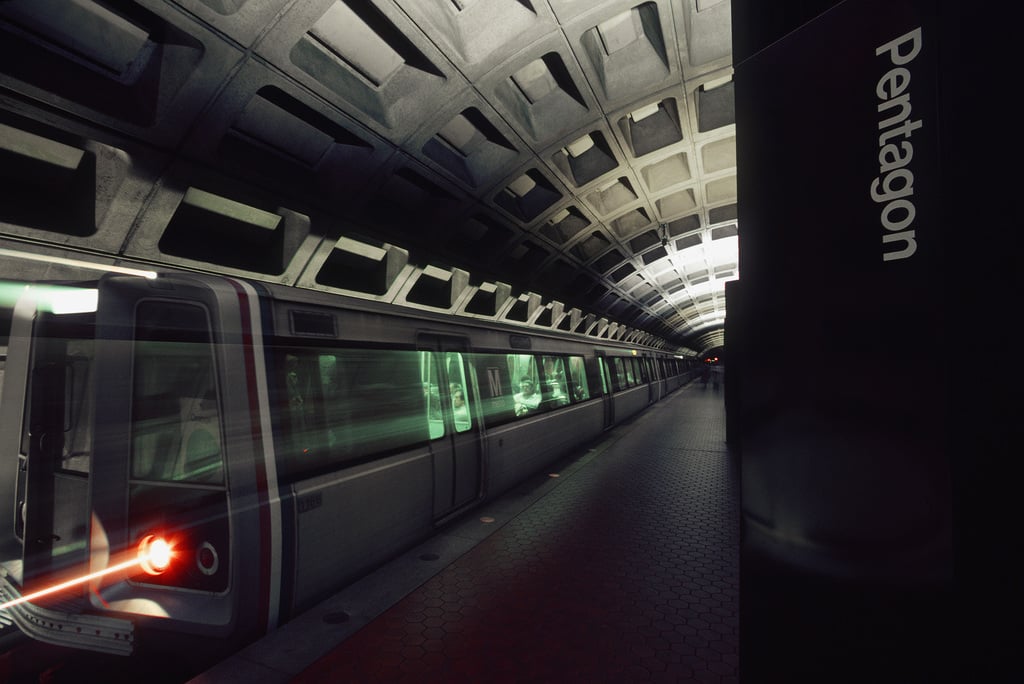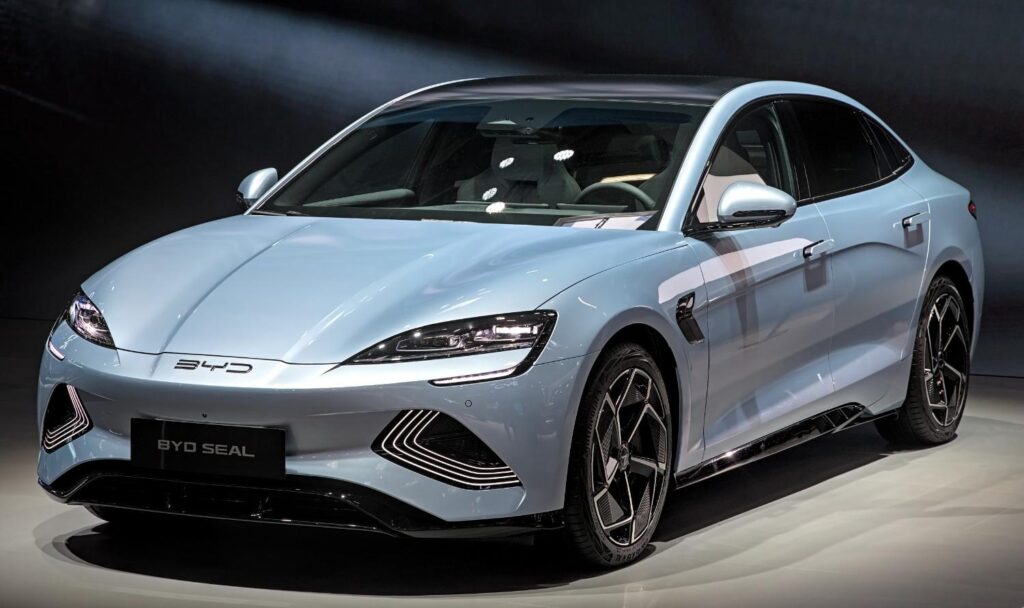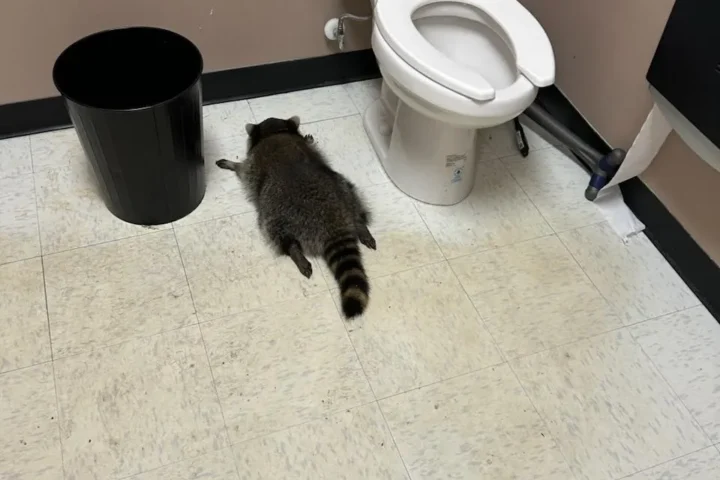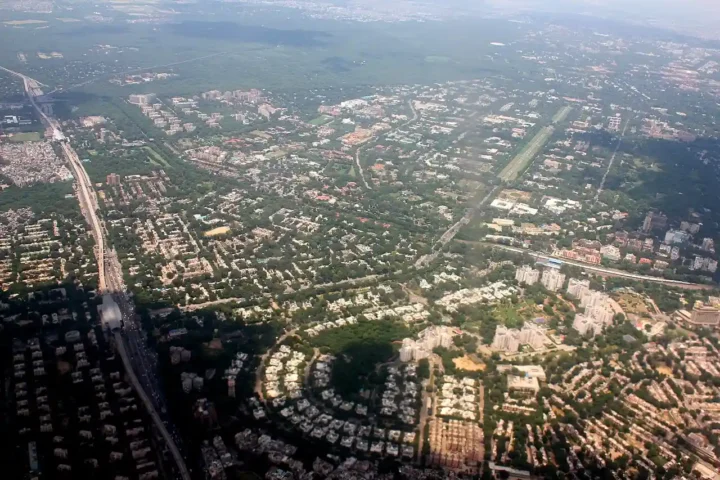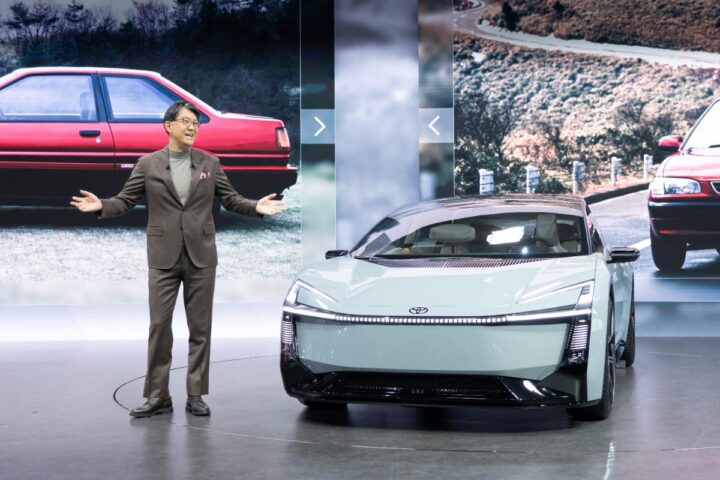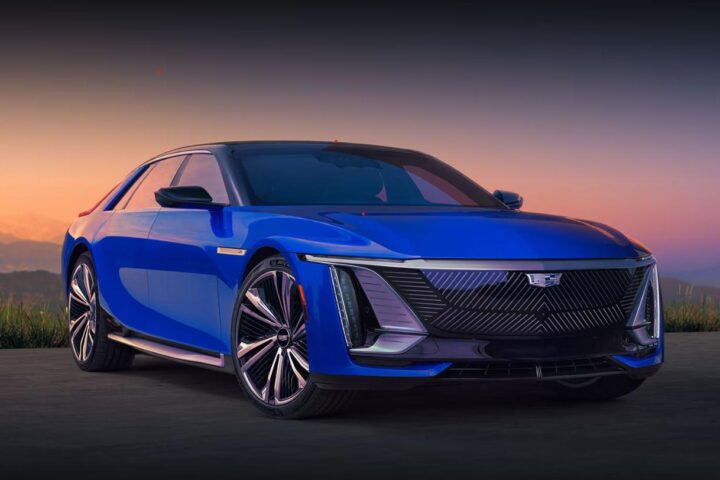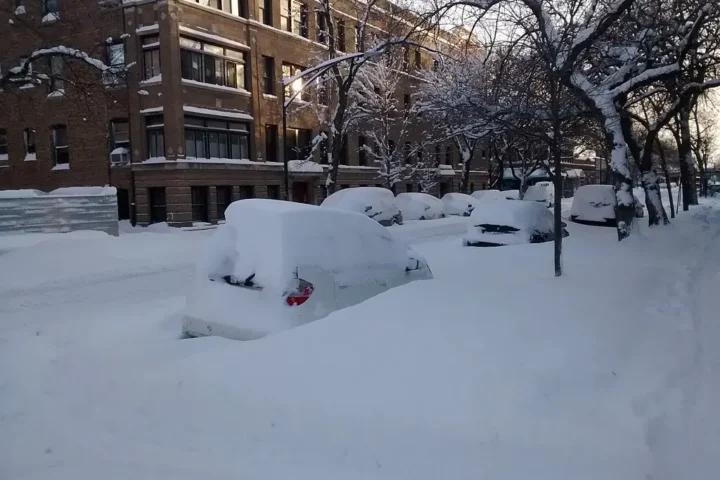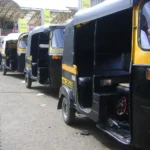Metro riders can now pay for train trips with a simple tap of their credit or debit card, eliminating the need to purchase and load a SmarTrip card first. The new “Tap. Ride. Go.” system launched on May 28 has quickly gained popularity, especially among tourists and occasional riders.
“The acceptance of this program already has been hugely successful. The numbers are well beyond the expectation we had,” said Paul Smedberg, Virginia’s representative on the WMATA board, during a Northern Virginia Transportation Commission meeting.
Until now, riders needed to buy a SmarTrip card from a fare machine and load money onto it before entering the Metro system. Visitors unfamiliar with this process often faced confusion at fare machines, creating lines and delays.
The new contactless payment option allows anyone with a credit or debit card showing the contactless symbol to tap directly at the fare gates. Mobile wallets on phones and smartwatches work too.
Fairfax County Supervisor Dalia Palchik described the new system as “a blessing” and said she was “impressed how easy it is.”
The system is already proving its worth during major events. During WorldPride DC, nearly 70% of trips at stations near festival events used the tap-and-go option during peak periods.
Similar Posts
Regular Metro users with transit benefits or fare discounts will still need to use their SmarTrip cards, which remain fully functional. As NVTC chair David Snyder put it: “I’m in love with my Metro farecard.”
Metro General Manager Randy Clarke said the change creates “more accessibility and removes a friction point for those who may not be familiar with America’s Metro System.”
There are a few important details for riders to remember: everyone needs their own card since one card can’t be used for multiple people. Riders should take out a single card when tapping rather than a wallet with multiple cards to avoid double charges. The same card must be used to tap both in and out of the system.
The technology behind this upgrade came from several partners, including Littlepay, which provided the software overlay. CEO Amin Shayan noted they delivered the solution “at a fraction of the cost seen in other cities.”

Currently, the tap-to-pay system works only at train stations, but WMATA plans to expand it to buses and parking facilities in the future. Free transfers from rail to bus won’t be available until the system launches on buses.
For more information about the new payment system, riders can visit wmata.com/tapridego.
